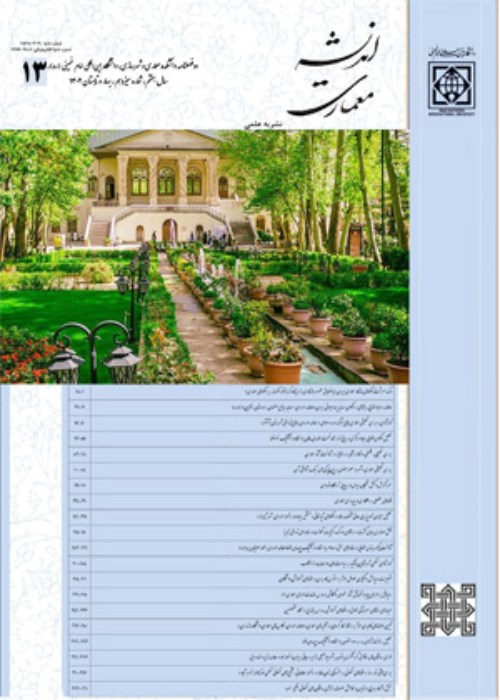The Use Of Sensory Richness In Associating The Concept Of Monotheism In Iranian Mosques
Art and culture interact with each other. Iranian artists Influenced by Islamic spiritual dimensions and using techniques and arrays, have been able to reflect their religious beliefs in the form of architecture. By receiving the symbolic concepts in the elements used in the architectural works of the past, it is possible to know the thoughts and ideas and as a result, the culture and worldview of the architects of that period. The concept of monotheism as a basic principle in Islam is one of the concepts used in the works of Islamic-Iranian architects, which has been manifested by using various elements such as dome, altar, light, etc.Research Question: The present study seeks to answer the following two main questions: how much attention has been paid to the use of sensory richness, In the architecture of Iranian mosques? What is the role of sensory richness in the emergence and crystallization of monotheism in the architecture of selected mosques?Objectives of the research: This study was conducted to Measuring the rate of utilization of sensory richness In order to understand the concept of monotheism in six major mosques in the central region of Iran as an example.
The present research method is descriptive-survey and first by using library resources, the components of monotheism and sensory richness are extracted from the sources and important and index components (in the field of sensory richness and its relationship with the components of monotheism) by Delphi method was refined. The second step is a survey research, So by using detailed field observations in selected mosques, the presence or absence of each of the components of sensory richness and monotheism and the related subcomponents of the two variables, which were fixed by Delphi method in the form of a table, were analyzed and Based on this, the amount of use of the studied components in these mosques was obtained.
Based on the results obtained, Imam Mosques of Isfahan and Aghabzorg Kashan have the highest number of components of sensory richness, Imam Mosques of Isfahan and Yazd Grand Mosque have the highest number of components of monotheism and Sheikh Lotfollah Mosque has the lowest components of monotheism and sensory richness among the six mosques surveyed. Based on the amount of sensory richness components and monotheism in the mosques of Imam Isfahan and Sheikh Lotfollah, it can be concluded that using more components of sensory richness in these buildings can be one of the effective factors in increasing the association of the concept of monotheism in them. This issue shows the direct connection between the sensory richness and the association of the concept of monotheism in these mosques. Also, because of the mismatch of the position of Yazd Grand Mosque in the amount of monotheism and sensory richness components (Relatively among the selected mosques, the high level of components of monotheism and the low level of sensory richness components in this mosque), in addition to sensory richness, can be understood other factors in the crystallization of the concept of monotheism
- حق عضویت دریافتی صرف حمایت از نشریات عضو و نگهداری، تکمیل و توسعه مگیران میشود.
- پرداخت حق اشتراک و دانلود مقالات اجازه بازنشر آن در سایر رسانههای چاپی و دیجیتال را به کاربر نمیدهد.



